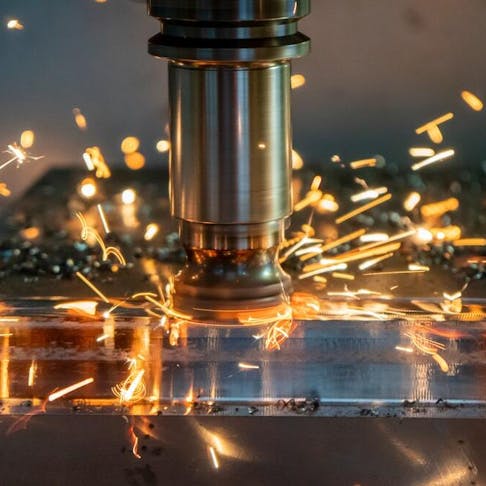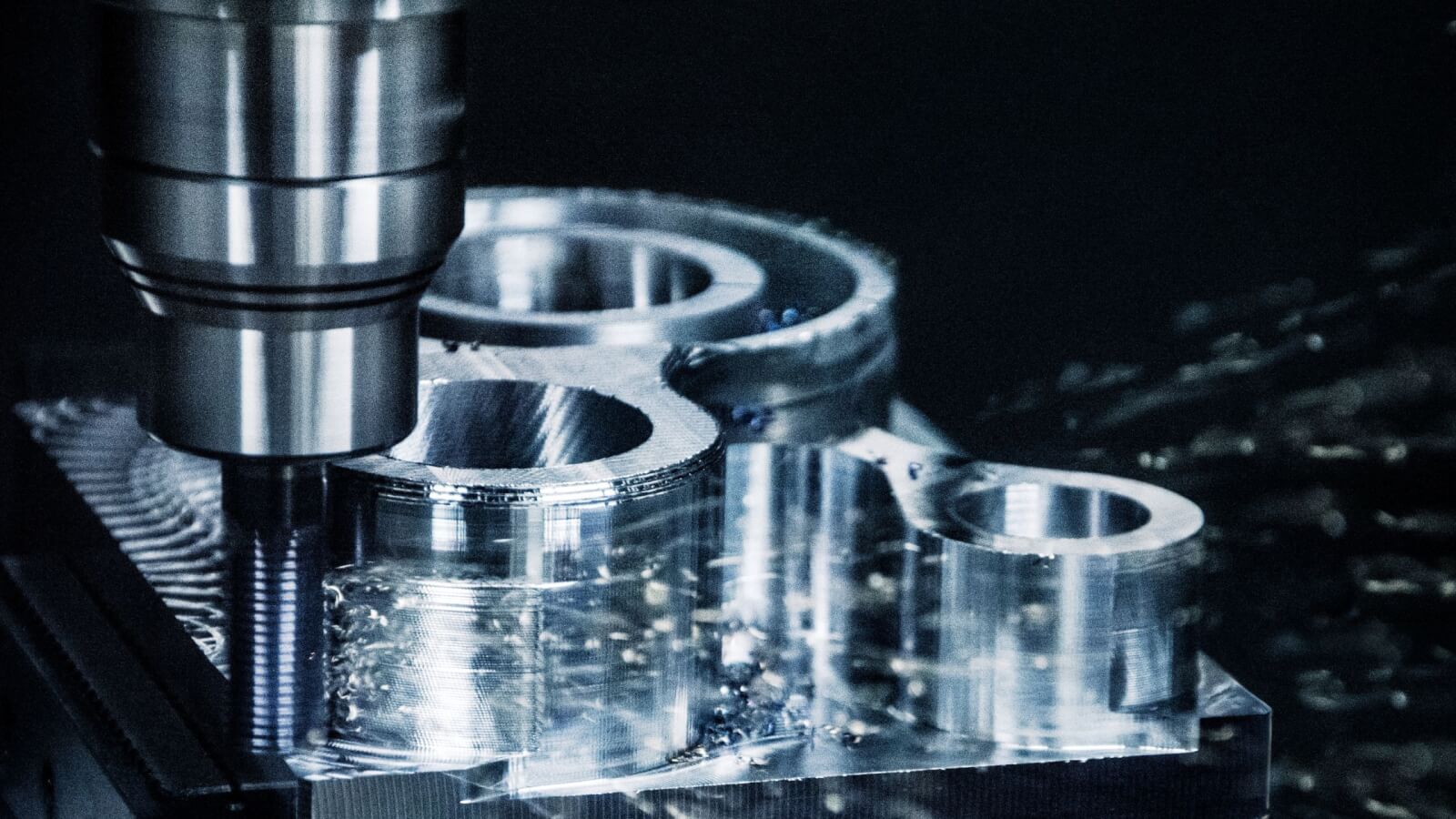Unveiling the Intricacies of Bolts and Machining Processes for Optimal Efficiency
In the realm of design and production, the selection of bolts and the ins and outs of machining processes play a crucial role in determining the best performance and resilience of an item. From the relatively straightforward job of choosing the appropriate sort of bolt to the complicated accuracy machining methods used, every action in this procedure demands thorough interest to information. As we start this exploration right into the world of bolts and machining, we will discover the refined yet vital factors that can substantially impact the effectiveness and top quality of the end product, shedding light on the typically overlooked elements that can make all the distinction in achieving ideal efficiency.

Importance of Correct Bolt Choice
Choosing the suitable fasteners is critical in making certain the architectural stability and longevity of any mechanical setting up. Bolts play an essential role in holding parts together securely, with the appropriate selection contributing significantly to the total performance and integrity of the setting up. When selecting bolts, aspects such as material compatibility, ecological problems, load-bearing capacity, and convenience of setup must be meticulously thought about to assure ideal efficiency.
Incorrect fastener choice can lead to a variety of problems, consisting of loosening, deterioration, and even architectural failure. Using bolts that are not suited to the particular needs of the setting up can compromise its functionality and position safety and security threats. Engineers and developers need to diligently assess the application requires and pick fasteners that meet or surpass the essential standards and specs.
In addition, the correct fastener choice procedure involves evaluating the joint style, prepared for lots, resonance levels, and potential thermal growth or tightening to make certain that the picked fasteners can endure the operating conditions successfully. By focusing on correct bolt option, manufacturers can enhance the high quality, toughness, and efficiency of their mechanical settings up.
Kinds and Features of Bolts
A vital aspect of mechanical assemblies exists in recognizing the varied types and unique features of bolts used in various commercial applications. Bolts are critical components that hold structures with each other, making certain security and performance.
Screws are threaded fasteners that are commonly made use of to join two or even more elements together. Screws resemble screws yet are normally used with a nut to develop a protected joint. Nuts are internally threaded bolts that mate with bolts to hold elements together. Washing machines are thin plates that disperse the load of a bolt, preventing damages to the material being secured. Rivets are permanent bolts that are hammered or pressed into place. Pins are utilized for alignment or to safeguard components briefly.
Understanding the qualities of each kind of fastener is vital for choosing the ideal one for a specific application, making sure ideal performance and reliability of the mechanical assembly. Fasteners and Machining.
Accuracy Machining Strategies for Performance
The detailed style demands of different fasteners demand using accuracy machining methods for optimal efficiency in making procedures. Precision machining is crucial in making certain that bolts satisfy the exact specifications required for their designated application. One of the key strategies utilized in precision machining is Computer system Numerical Control (CNC) machining, which allows high levels of precision and repeatability in the production of bolts. CNC makers can carrying out complex cuts and forming find out here operations with marginal human intervention, leading to raised performance and consistency in the manufacturing procedure.
Along with CNC machining, various other precision strategies such as grinding, milling, and turning are generally utilized to attain the limited resistances required for bolts. These methods permit makers to create bolts with smooth surfaces, accurate dimensions, and high architectural integrity. By using accuracy machining techniques, suppliers can enhance the high quality of bolts, reduce material waste, and boost total production performance. The use of sophisticated machining procedures aids ensure that fasteners satisfy market criteria and consumer assumptions for efficiency and reliability.

Elements Affecting Machining Process Efficiency
Various variables play a considerable function in figuring out the efficiency of machining processes in the production of bolts. Maximizing these criteria based on the details needs of the bolt being generated is key to achieving affordable and accurate machining.
Device rigidness and stability also play an essential function in determining machining process performance. A secure machine with marginal resonances can boost precision and protect against device wear, leading see here now to much better overall performance. Furthermore, the ability and experience of the maker operator can not be ignored. An educated driver can make real-time adjustments, troubleshoot issues successfully, and make sure that the machining process runs smoothly, inevitably impacting the final top quality of the fastener.

High Quality Control Procedures in Production
Aspects affecting machining procedure efficiency, such as reducing device choice and maker security, directly effect the execution of quality assurance actions in production. Quality assurance procedures are necessary in making sure that items satisfy the needed standards and requirements. In the production procedure, various techniques are employed to keep top quality look at this now requirements. Evaluation and testing play a crucial duty in recognizing any type of discrepancies from the desired end result. Normal maintenance of machining equipment is additionally crucial to support high quality control. Calibration of tools and equipments is necessary to ensure accurate and exact production processes. In addition, applying standard operating procedures and methods can aid in keeping consistency and top quality throughout the manufacturing line. Quality control gauges not only concentrate on completion product yet additionally on every stage of the production process to protect against problems and mistakes. By adhering to rigorous quality control actions, producers can boost customer satisfaction, develop a reputation for dependability, and ultimately accomplish optimum performance in their machining processes.
Conclusion
Finally, choosing the ideal bolts and making use of accuracy machining strategies are essential for optimal performance in manufacturing processes. Understanding the types and qualities of fasteners, in addition to variables influencing machining process performance, can lead to improved efficiency and quality assurance procedures. By taking note of these details, suppliers can attain greater degrees of efficiency and integrity in their items.
In the realm of design and production, the option of bolts and the details of machining procedures play an essential function in identifying the supreme performance and sturdiness of a product (Fasteners and Machining). One of the main methods used in precision machining is Computer system Numerical Control (CNC) machining, which allows high levels of precision and repeatability in the manufacturing of fasteners. The use of advanced machining procedures assists guarantee that fasteners meet sector requirements and client expectations for efficiency and integrity
In conclusion, choosing the appropriate bolts and utilizing accuracy machining methods are essential for ideal performance in producing procedures. Recognizing the kinds and qualities of bolts, along with elements affecting machining procedure efficiency, can lead to improved efficiency and high quality control actions.